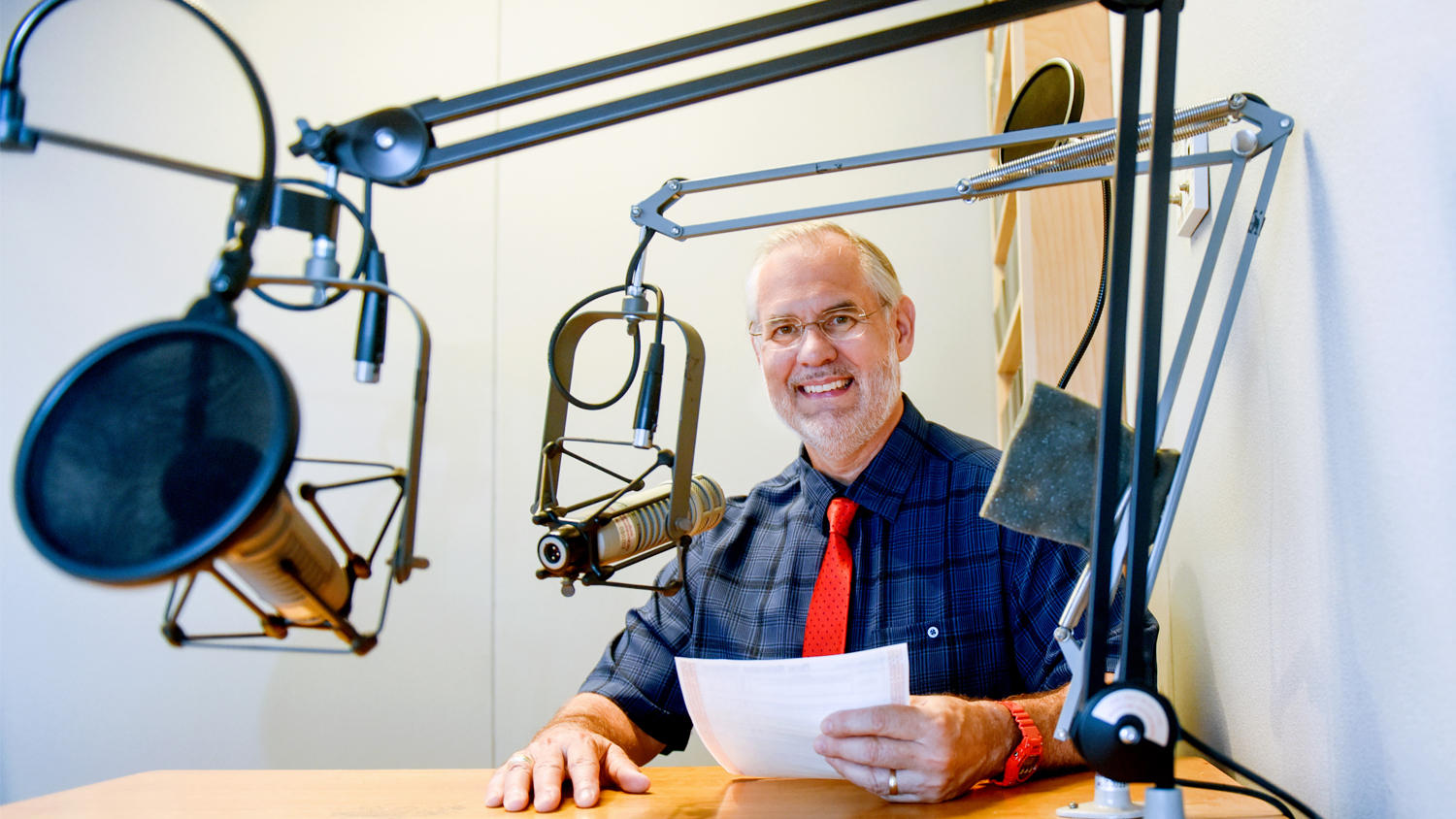Economic Perspective: Energy Efficient Homes

MARY WALDEN:
“Today’s program looks at energy efficient homes. Mike, you and I have always been conscious of our energy use. After purchasing each of the three homes we’ve lived in over 40 years you diligently added insulation, but now I understand home energy efficiency is being taken to the next level. Please explain.”
MIKE WALDEN:
“This is really an amazing story, but it’s important because 40 percent of total energy use in the country is from heating and cooling homes and commercial buildings. So if we can get that number down that’s going to help us a lot on the energy front. And you’re right. I use to put insulation, or I did put insulation, in all our homes in order to reduce our energy use, but now it’s actually possible, believe it or not, to reduce the use of energy in buildings to almost zero.”
“It’s actually called the Zero Energy Ready Building Program, and what it’s based on are new kinds of insulation, number one, as well as new HVAC systems that are tied in to a renewable energy source like solar or wind power.”
“Now these technologies used to be around, but they were very, very expensive. But now the costs are coming down for both the building, as well as the HVAC system and the insulation. So some states are moving ahead. As you might expect California, often in the forefront of energy initiatives, California’s actually going to require all homes to be zero-energy-use homes beginning in 2020. My guess is this is going to spread to the rest of the country.”
Mike Walden is a William Neal Reynolds Distinguished Professor and Extension Economist in the Department of Agricultural and Resource Economics at North Carolina State University who teaches and writes on personal finance, economic outlook, and public policy.
This post was originally published in College of Agriculture and Life Sciences News.